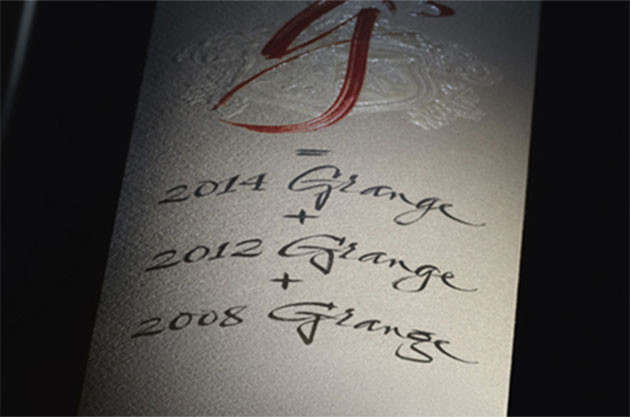What exactly is phenolic ripeness? Justin Howard-Sneyd MW answers that question for Decanter.

Dominic Bennell, from Oxford, asks: What exactly is phenolic ripeness in grapes and why does this matter?
Justin Howard-Sneyd MW, for Decanter, replies: As grapes ripen, sugar levels increase, and acidity levels decrease. Fruits in the wild spread their genes by persuading animals or birds to eat their fruit; they then excrete the seeds, hopefully in a favourable spot. The fruit must taste delicious, so flavour molecules build up as the grape approaches ripeness.
Winemakers often use potential alcohol as a guide to when the grapes should be picked. But the ideal level of potential alcohol for a particular wine, say 13%, does not always correspond to either the flavour ripeness (when the grapes taste great) or phenolic ripeness. Phenols are complex molecules, including tannins, in the skins of the grape that can contribute bitter flavours. As the grape approaches ripeness, they change from green and bitter to pleasantly astringent, to soft and ripe-tasting.
If noticeably bitter flavours dominate the palate, then the wine is not considered to have achieved phenolic ripeness. If, however, the tannins of a red wine are supple and rounded, then the grapes used were phenolically ripe when picked.
Justin Howard-Sneyd MW is global wine consultant to Direct Wines and a winemaker.
Translated by Sylvia Wu / 吴嘉溦
All rights reserved by Future plc. No part of this publication may be reproduced, distributed or transmitted in any form or by any means without the prior written permission of Decanter.
Only Official Media Partners (see About us) of DecanterChina.com may republish part of the content from the site without prior permission under strict Terms & Conditions. Contact china@decanter.com to learn about how to become an Official Media Partner of DecanterChina.com.











Comments
Submit